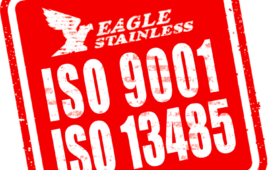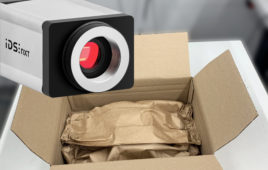Cable’s broadband speeds stood out in the just-released “Measuring Broadband America” report put out by the FCC. It’s the sixth study of its kind and tracks nationwide performance of consumers’ fixed broadband internet access services. The Commission says it updated its methodology this year to better represent typical performance by using medians in place of averages (arithmetic means) since medians are not as influenced by extreme values as averages.
“We find that, over the course of our reports, the average annual increase in median download speeds by technology [is] 47 percent for cable, and 14 percent for fiber, while popular DSL speeds have remained largely the same,” the FCC says in a statement. “The maximum advertised download speed among the most popular service tiers using cable technologies increased from 20-30 Mbps in March 2011 to 100-300 Mbps in September 2015.”
Participation by ISPs is voluntary, with the following providers included: AT&T, CenturyLink, Charter, Comcast, Cox, Frontier, Mediacom, Optimum, Time Warner Cable, Verizon, ViaSat, and Windstream. Overall, there were 13 participants, which the FCC estimates represents more than 80 percent of U.S. broadband subscribers.
By and large, this year’s report indicates that broadband speed offerings to the average consumer continue to increase at a good clip, and providers generally are delivering actual speeds that meet or exceed advertised speeds. “However, results are not uniform across technologies. The report finds a growing disparity in advertised download speeds between many DSL-based broadband services and most cable- and fiber-based broadband services,” the FCC statement notes. “Average DSL speeds have increased only slightly over the past five years and satellite speeds, over a shorter time interval, have remained constant.”
Other notable findings revolve around median download speeds and comparisons to advertised speeds. The report says median download speed, averaged across all participating ISPs, has almost quadrupled from approximately 10 Mbps in March 2011 to approximately 39 Mbps in September 2015. So, comparing that to last year’s value of 32 Mbps, this year’s median download speed was an increase of approximately 22 percent. Additionally, real speeds seen by most consumers meet or exceed advertised speeds, the report says.
“All ISPs using cable, fiber, or satellite technologies advertise speeds for services that on average are close to the actual speeds experienced by their subscribers. Fixed cable and fiber broadband customers experienced speeds that were 100 percent or better than advertised,” the FCC statement says. “However, the actual speeds experienced by subscribers of some ISPs satellite technologies were lower on average than the advertised ‘up-to’ speeds for their respective providers. This is likely the result of increased subscribership and consumer usage of these services. Future proposed launches of more advanced satellites would likely reverse this trend.”
The research also takes on analysis of which types of consumers are moving to higher speed tiers. The data reportedly shows that panelists subscribed in September 2014 to service tiers with advertised download speeds between 15 Mbps to 50 Mbps are the most likely to have migrated to higher service tiers. Of those in 2014 with tier of less than 15 Mbps (offered mostly by DSL), only a few percent were said to have migrated to a higher download speed.
Cable, DSL, and fiber systems generally showed low latency, according to the report, but it also notes that higher latency in satellite services may affect the perceived quality of highly interactive applications such as VoIP calls, video chat, and multiplayer games.
“Consumers generally experienced low packet loss – the percentage of packets that are sent by the source but not received by the destination – on cable, satellite, and fiber systems,” the FCC statement concludes. “Moderate packet loss experienced by a few DSL providers may affect the perceived quality of video chat, multiplayer games, and video streaming.”
The 2016 report is available here.
Filed Under: Cables + cable management, Industry regulations




